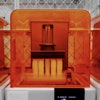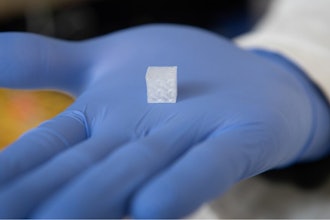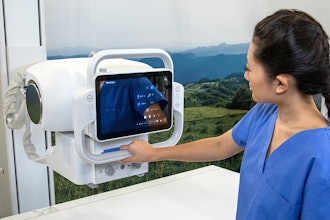Researchers from Carnegie Mellon University have created the HopeBand, a wearable prototype that can detect — and possibly prevent — opioid overdoses.
According to the National Institute on Drug Abuse, more than 115 people die from opioid overdoses every day.
A new report from IEEE Spectrum says that the HopeBand is one of many products currently in development that attempts to address the epidemic with technology. When the wearable detects low blood oxygen levels, it sounds an alarm, flashes red lights and even sends out a text message with the wearer’s locations. The idea is that it can send a text message to someone who can hopefully arrive in time with some Narcan to bring the addict back.
According to one researcher, the HopeBand is designed to basically have someone on high alert, always. Rashmi Kalkunte, a software engineering student at Carnegie Mellon University, says, “Imagine having a friend who is always watching for signs of overdose.”
Sounds miserable.
Right now, the prototype costs around $30, but the team is hoping to have it as low as $16. The price point is the most promising, as the device is less likely to be pawned if it isn’t particularly valuable.
The wearable uses pulse oximetry sensors that monitor blood oxygen levels using light absorption. If oxygen levels drop too low, the device processes data for 10 seconds and then sounds an alarm.
Next, the team will make sure that the HopeBand actually detects overdoses in real people, and will start by offering it free to opioid users through needle exchange programs.






















